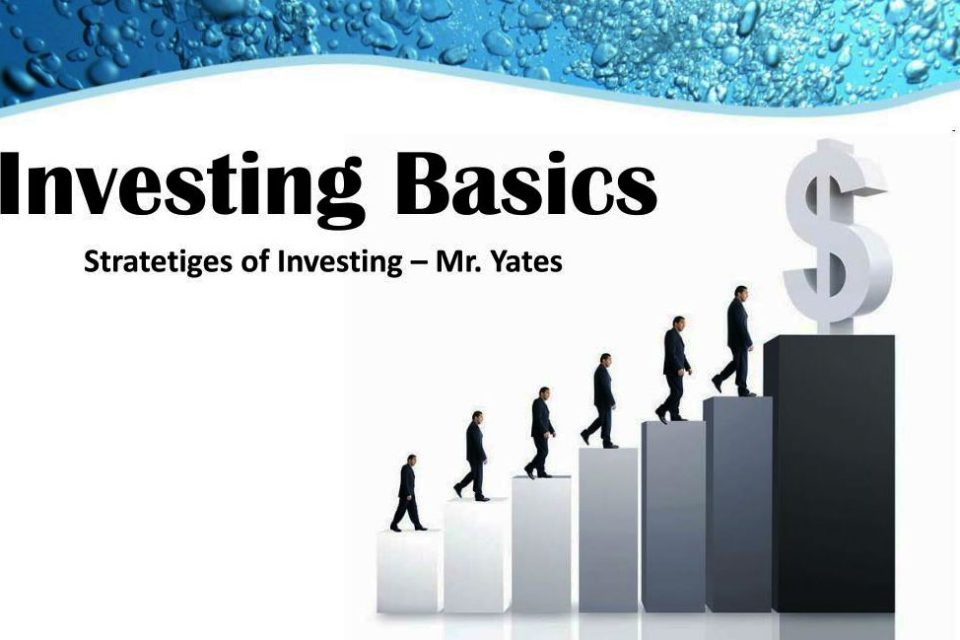Investing can be a powerful tool when it comes to growing your wealth, but getting started isn’t always easy. Learn the fundamentals you need to launch yourself into investing and get ready for financial success!
One of the most important things to understand when it comes to investing is that your investments need time and patience. To be successful, you must take a long-term approach rather than trying to get rich quickly.
The second key point to consider as an investor is a diversification, which means creating a portfolio full of different types of investments that are not all dependent on the same markets. This helps to minimize risk as if one type of investment loses money, another may still be profitable.
You must understand the concept of compound interest and how it will help your investments grow over time. Compounding means that the return earned from a single investment is reinvested and can potentially earn even more interest in the future.

Which investment method to start with?
The answer to this question depends on your individual financial situation and goals. Generally, there are two main types of investments: active and passive.
Active investing involves managing your own portfolio to generate a higher return than the market average. This usually requires extensive research and knowledge of investment products and markets.
Passive investing, on the other hand, involves investing in broad-based index funds or ETFs that track the overall market’s performance. This investing requires a less ongoing effort from you but usually results in a lower return than active investing.
Ultimately, the best investment method for you depends on your individual circumstances and goals. Passive investing may be a better choice if you have limited time, resources, or knowledge. If you are more experienced and willing to put in the effort to research and manage your investments actively, then active investing could yield higher returns. The key is to find an investment strategy that works for you.
Regardless of your investment strategy, it is important to remember that investing always involves risk. Make sure to research and understand the risk associated with any investment before committing your money. Additionally, diversifying your portfolio can help reduce overall risk while still allowing you to achieve your desired returns.
Ultimately, you should take some time to think about which investing method is right for you and your particular financial situation and goals. With the right strategy, investing can be a great way to build your wealth over time.


